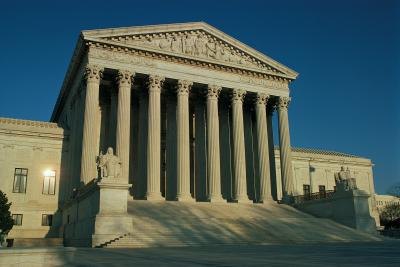Welcome to Sculpture Walks!
On this particular Tour, you will be exploring the many interesting architectural buildings that dot our city’s beautiful landscapes. You will discover the people and the inspiration behind each architecture. This Tour will take you through the Civic District, located north of the Singapore River. It was the area that Sir Stamford Raffles had reserved for the government’s use, as can be seen in the 1822 Town Plan below.
Civic District is an area in the central area of
Singapore. Many huge government buildings have been built here such as the
Supreme Court and City Hall, The Fullerton Hotel (originally known as the
General Post Office Building), and Cavenagh Bridge. Today the Civic District is one of the most
historic places in Singapore.
Architectural buildings have many functions. The
buildings in Civic District commemorate the people who laid the foundations for
Singapore’s success. Many of them are also memorials to men and women who were
engulfed by the flames of war that swept through Singapore.
Architectural
buildings serve 3 purposes:
•
To tell a historical event.
•
To add beauty to its environment.
• To
decorate a functional item.
For an example:
Supreme Court building is one of many in Asia that
was built by the British in the style of neoclassical
architecture. Completed in 1939, it is the last colonial neoclassical building
constructed in Singapore. The columns of the building have different
architectural orders (styles). There are similarities, which you can discover
between the Supreme Court and the Pantheon in Rome, Italy.
Architectural Buildings are not the only form of
public art. Monuments, murals, Fountains and even seating, lights and signs can
be considered public art!
Question!
What is the
main difference between enjoying sculptures as public art and seeing them in
art museums?
As you embark on this journey, follow these steps to
enjoy the beautiful architectural buildings:
Step
1. What do I see:
Shapes and forms, size, curved or
angular, colours and materials used.
Step 2. What do I think the artist is
trying to say :
Idea, thoughts and feelings of the
artist and special (symbolic) meanings.
Step 3. How does it make me feel:
Do I like it and why?
You can say HOW you FEEL about a architectural building or WHAT it makes you THINK, But remember that it must be backed up with some explanation.
Resources:
Singapore History Consultants Brochure
You can say HOW you FEEL about a architectural building or WHAT it makes you THINK, But remember that it must be backed up with some explanation.
Resources:
Singapore History Consultants Brochure






































